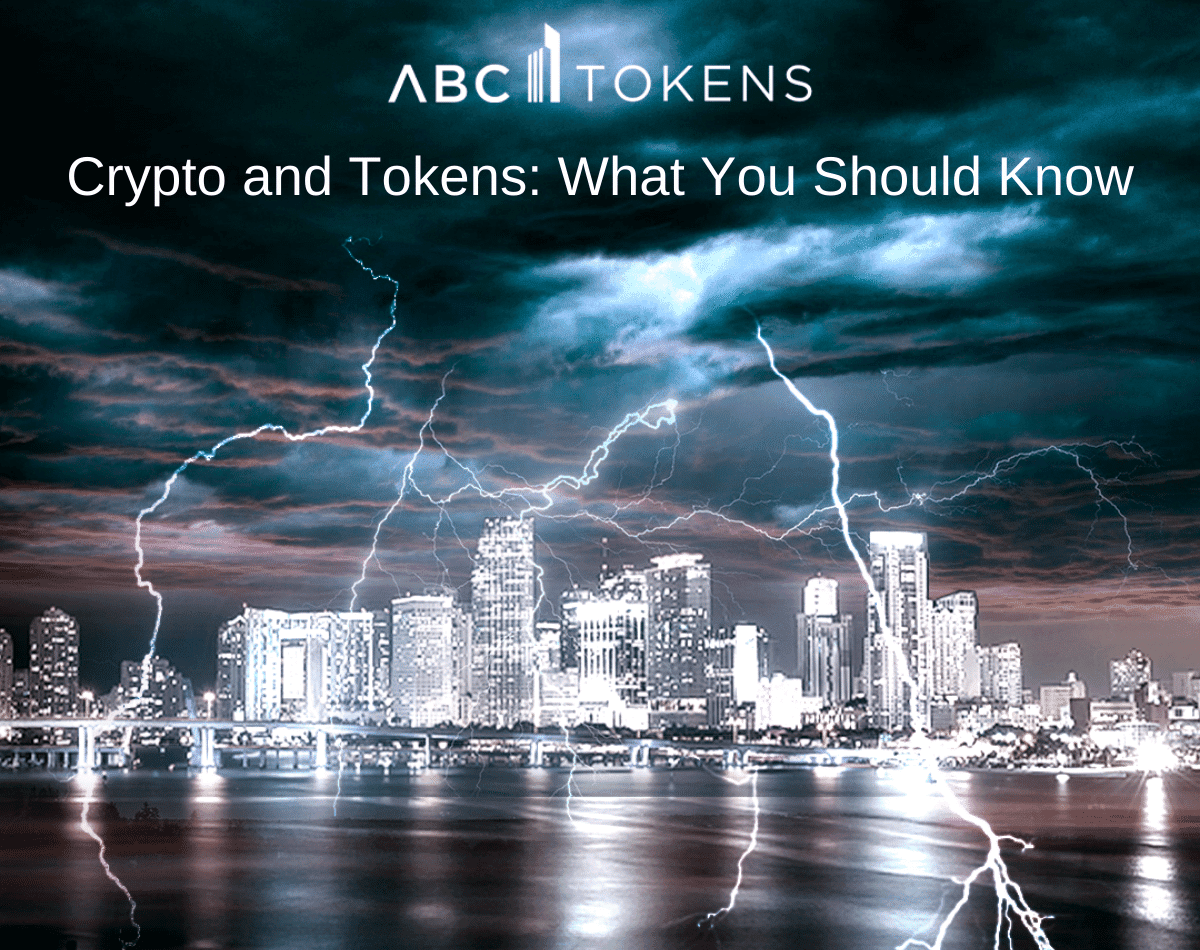Today, cryptocurrencies and tokens are changing and revolutionizing financial systems, institutions, and markets.
Digital assets that serve as a medium of exchange and store of value, cryptocurrencies include bitcoin, among others, while tokens are digital assets designed to provide utility. The lines between the two commonly blur, so crypto and tokens are often used interchangeably when it comes to referencing a digital asset that is secured and then stored on a blockchain.
Through the use of tokens, decentralized computation networks turn into public goods and various markets and institutions are now run based on user input. Value in equals values out.
To take this a step further, minimally extractive coordinator or MEC protocols are self-running systems of logic that connect buyers and sellers with the ultimate goal of value retention. These protocols support various business processes based on a minimal cost. Bitcoin users simply pay a transaction fee to use a blockchain network—this cost is typically based on supply and demand. MECs have all of the upsides of a large network such as a bank, without the expensive downside.
Likewise, decentralized computation networks include nodes or providers of infrastructure to coordinate service in a secure and consistent manner. To that end, the Bitcoin network has about 10,000 nodes that verify the validity of transactions and bolster overall security.
These networks provide better service and services while rewarding good performance. Further, most of them employ a debt-free native token for their network, rather than turning to the whims of outside capital or venture capital for growth. Native tokens can then be used to fund ongoing growth by requiring the token for both network usage and security.
The benefits of native tokens are impressive: They help developers raise debt-free funds while users enjoy the lowest cost possible for services. The MEC protocol also supports continued growth by setting aside tokens to be paid to operators who secure the network.
Naturally, all of this can only be effective if the digital asset is valuable on the open market. If the token is not deemed valuable, then the network won’t grow and the parties involved won’t benefit.
When the token value is connected to user demand for the network, then the value of the assets will grow as does the adoption of the network. This can expand budgets and interest as well as greater market demand and enhanced valuation of the token.
All of this will lead to greater reinvestment into the network, creating a win-win cycle for all.
Ultimately, the best ways to create demand for native tokens are by requiring payment for network services in that token, which will increase exposure to it as well as ongoing demand. Both the Bitcoin and Ethereum blockchains have done a great job of this, sparking more usage of and interest in their native tokens by requiring payments in that manner. Further, user fees can also be redirected to token holders as another means of creating value.
Another way to generate token value involves staking, where the holders of a given digital asset receive an incentive to lock up their tokens in exchange for services through the network. When users take tokens off the market and reduce supply, demand spikes.
Finally, the governance of tokens is on the rise. Through governance tokens, users vote on proposals that involve network updates, and votes are weighted based on the number of tokens owned. Not surprisingly, most tokens add value through a variety of focused methods, doubling or tripling potential token value and impact.



